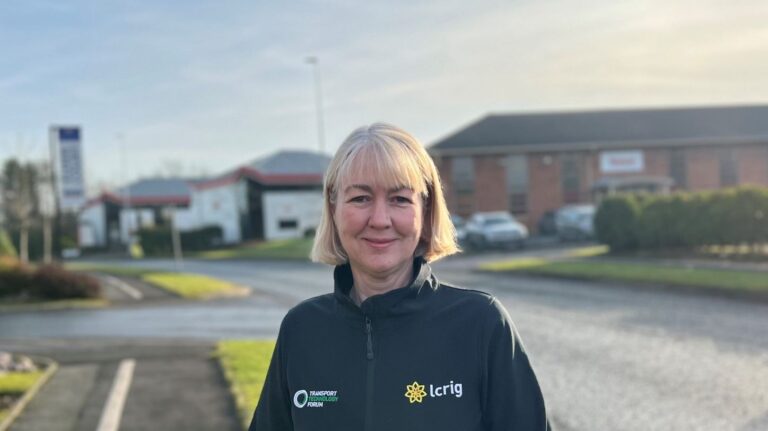Initially founded in 2013 by a group of councils to service their communities’ highway needs – now and in the future – the Local Council Roads Innovation Group (LCRIG) today represents more than 350 members from local authorities, government organisations, academia, and small-to-medium-sized enterprises (SMEs).
LCRIG provides a platform for its members to collaborate in service of decarbonising and innovating within the highway sector. This includes working with 10 universities to focus academic research toward these goals.
City Transport & Traffic Innovation Magazine (CiTTi) spoke to LCRIG chief executive Paula Claytonsmith about how the organisation views the future of connected autonomous mobility (CAM) in the UK, and how such developments can benefit the communities its member organisations serve.
What is LCRIG doing to advance connected autonomous mobility? Is this an organisation-wide priority or a member-led initiative?
LCRIG was originally established by councils and, in 2020, became a community interest company. In response to your question, it’s a bit of both. We’ve just completed one of our most in-depth surveys on emerging technology, and one of the most frequently cited themes was AI. While many of our members aren’t directly involved in CAM trials, they are watching them closely. The key question becomes: How do I manage the risks on my network? Can this serve as an effective mass transit solution for our communities? Because we work across so many teams within local authorities – highways, traffic, technology – it’s a multi-faceted issue.
So it’s a bipartisan concern across departments?
Yes, part of my role is to look ahead at what might soon become viable, and how we can support members in preparing for that. We do a lot of work in the innovation space, helping members address immediate issues such as potholes and minor road repairs, while also encouraging them to think about what’s next.
How are your members balancing community concerns with implementing new technologies?
Public perception isn’t always top of mind, but it is always present. It’s a strange dynamic. In the public sector, you might be dealing with everything from Mrs Miggins calling about a broken pavement to contemplating the legal and insurance implications of deploying CAM solutions. Some authorities are closely following testbed activity because only through these trials can we learn what works. Everything can look great on paper until it’s tested in the real world. Sometimes we don’t anticipate how the public or elected members will react, or whether additional education or engagement is needed. Because LCRIG was established by councils and now works with every council in England, all of them are at different stages of this innovation journey. It’s exciting to see.
Do you have any major success stories involving CAM?
Sunderland and Belfast are success stories, however CAM is still new, so we don’t yet have a wide range of case studies to showcase. But we’ve been advocating to the UK Department for Transport and others for more support and scale. When multiple councils take part, it builds confidence for others to follow.
As CAM moves from theory to prototype and implementation, is scalability a key concern for members?
Absolutely. The challenge with traditional innovation trials is that they can become disconnected from the realities of mass adoption. That’s something I’m watching closely. We need testbeds for mass adoption, but there’s a risk that knowledge becomes too concentrated. If a few advanced sites hold all the expertise, it creates barriers for others. There’s a real skills challenge here. We need testbeds to inform the whole sector – not just consultants or specialists – so that knowledge can be shared more widely.
As you foster this conversation across your network, what would you like to see next?
I’d love to see more of our members getting involved. Many are focused on immediate operational challenges, but elements of CAM, such as AI, are fast approaching. We know from experience that things can take time in the public sector. Gaining trust, engaging the public, and identifying viable parts of the network for deployment are all critical. That’s the difficult bit, and where we’re eager to roll up our sleeves. Helping members locate and access the right knowledge is key – and currently, that expertise lives in the heads of just a few people.
Achievements and innovations in connected and autonomous mobility will be recognised and celebrated at the fourth annual CiTTi Awards on 25 November 2025 at De Vere Grand Connaught Rooms in London. Visit cittiawards.co.uk to learn more about this unmissable event for the UK’s transportation sector!





